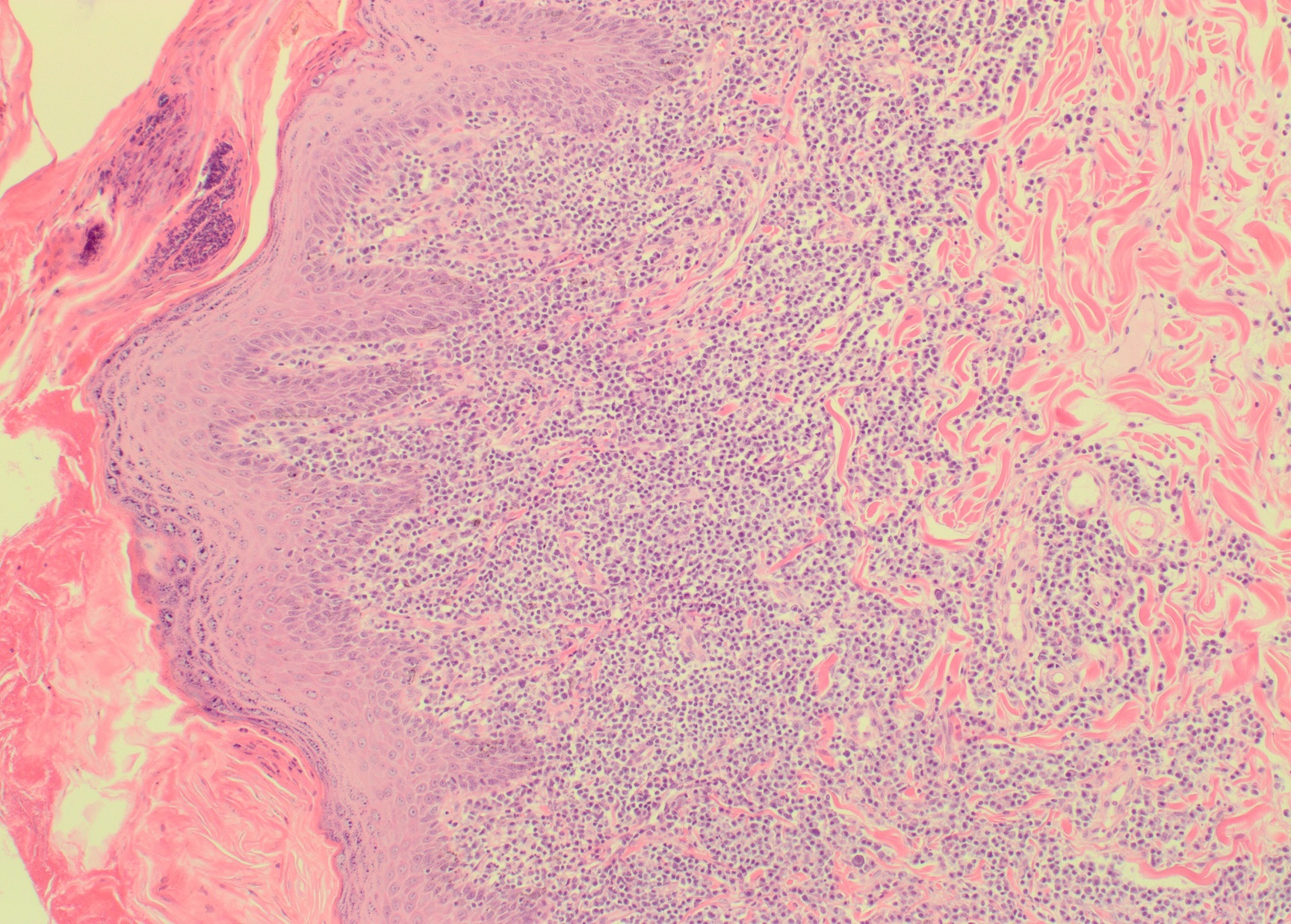Species: All
Specimen: Fixed tissue (1:10 tissue:formalin)
Container: Plain with 10% formalin
Collection protocol:
Whole organs can be submitted where necessary. This is often best so that the pathologist can interpret gross findings, and/or assess the best samples for histopathology; e.g. splenic tumours, whole abnormal uteri, amputation specimens. Brains for TSE evaluation should be submitted whole, and not dissected before submission.
- If your practice is close to a Awanui Veterinary laboratory and the sample will definitely arrive at the lab on the same day it was collected, it may be sent fresh and unfixed in double plastic bags or a pottle.
- If there may be some delay, it is best to completely fix large organs before shipping. Use some type of large wide-lidded receptacle (e.g. a bucket), to fix the sample. Change the formalin after 24 hours and leave it at least 2 days. It often helps to partially transect large organs (brain excepted) like slicing a loaf of bread; this enables the formalin to penetrate adequately. Try to make the slices 1 cm apart and not to cut completely through the organ in order that anatomical detail can still be recognised.
- If you prefer to submit partially fixed tissue, be aware that there may be a delay in reporting while we wait for the sample to fix.
- Once fixed, the pink soft texture of the centre of the cut tissue will be gone. It can then be shipped in minimal formalin. Pour most of the formalin off, then wrap the organ in several layers of plastic within sealed bags (Ziplock are good) to ensure there is no leakage. It is best to put the organ within a firm rigid container to protect it in transit.
Special handling/shipping requirements:
All samples must be shipped in leak-proof, sealed containers with appropriate labelling (i.e. UN number). Sample containers and shipping materials can be ordered from your local Awanui Veterinary laboratory. For more information, see Histopathology – General Information
Comparison with other related tests: See – Necropsy, Histopathology – Fixing of Special Organs

